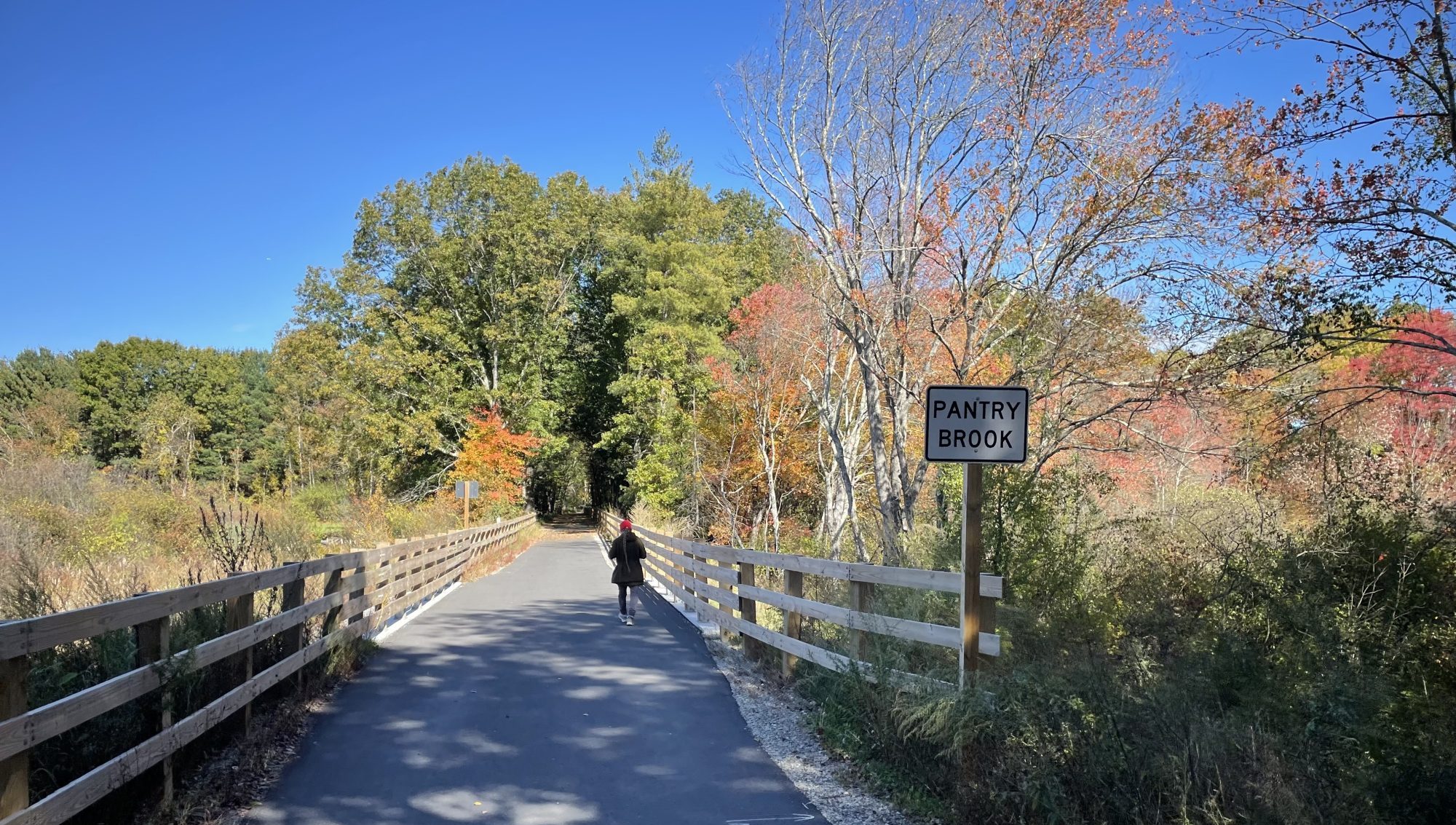MassDOT will delay its choice of a "preferred alternative" in its Allston Multimodal Project until the new year – a decision that could delay any eventual construction of the project considerably.
The selection of a preferred alternative had previously been framed as an urgent decision point that would need to be made before the end of 2020 for the project to start seeking funding and construction permits. Some of that work will be able to continue on parallel tracks even without a "preferred" option in place, but the indecision is likely to delay any groundbreaking for the project until the middle of the decade.
In an online presentation to the Finance and Audit Committee of the MassDOT Board of Directors on Wednesday, MassDOT Secretary Stephanie Pollack told board members that the decision has essentially come down to two alternatives: either replacing the existing Massachusetts Turnpike viaduct in place, above the MBTA's commuter rail tracks, or building a "Modified All At-Grade" design that would squeeze 12 highway lanes, four railroad tracks, and the Paul Dudley White pathways next to each other at ground level next to the Charles River.
Related:
A Rough Guide To Boston’s Allston/I-90 Megaproject
As we reported earlier this month, dozens of state legislators, advocacy groups, and officials from Boston, Cambridge, and Brookline, had and submitted official comment letters in favor of the at-grade design.
“Consensus is an ideal rarely reached in our field; there is, however, significant convergence on the Modified At-Grade (option) as the preferred design approach," wrote Boston Mayor Marty Walsh.

Speaking to the MassDOT board, Pollack acknowledged that the at-grade design was overwhelmingly favored.
"We received over 530 comments; most of them – the vast majority of them – were in favor of a Modified All At-Grade (option)," said Pollack.
The united front in favor of the at-grade option may have taken MassDOT officials by surprise. MassDOT had published documents that attempted to make the case for the viaduct option, and Pollack has expressed skepticism over the at-grade design, citing uncertainty over whether its intrusions into the Charles River would be permitted by state environmental agencies.
She reiterated those concerns on Wednesday.
"I don't think we can identify the Modified All At-Grade (option) as the preferred alternative at this time," said Pollack, "despite the strong public support for the removal of the viaduct, without further evaluating impacts to the river and related permitting risk and commuter rail operations... we just need to do that extra work.
"But I also do not recommend that we identify the Highway Viaduct (option) as the preferred alternative at this time, while it has advantages," continued Pollack. "Replacing the viaduct is strongly opposed by many, many stakeholders."
Instead, MassDOT will continue the project's environmental review, which should reveal more about the risks and benefits of each option. More work also needs to be done on the mitigation plan for dealing with the project's substantial traffic impacts, and on the financial plan for paying for the $1.3 to $1.6 billion project.
"Next summer we will have much more information about the pros and cons... that will be a more appropriate time to identify a preferred alternative," said Pollack.
Pollack also warned that the state may move ahead with a shorter-term fix to keep the 1960s-era viaduct standing for a few more years while the plans come together.
That idea – keeping the unloved viaduct in place by default – raised some hackles among some advocates of the at-grade design.
“There is no need to delay or debate,” said Rick Dimino, President & CEO of the business organization A Better City, in a statement issued Wednesday afternoon. “We should be moving forward with the Modified All At-Grade design now to tee up this transformative project for funding under the Biden Administration. Kicking the can only sets us up to waste taxpayer dollars on a temporary repair... Boston and the region deserve better than doubling down on mistakes of the past.”






